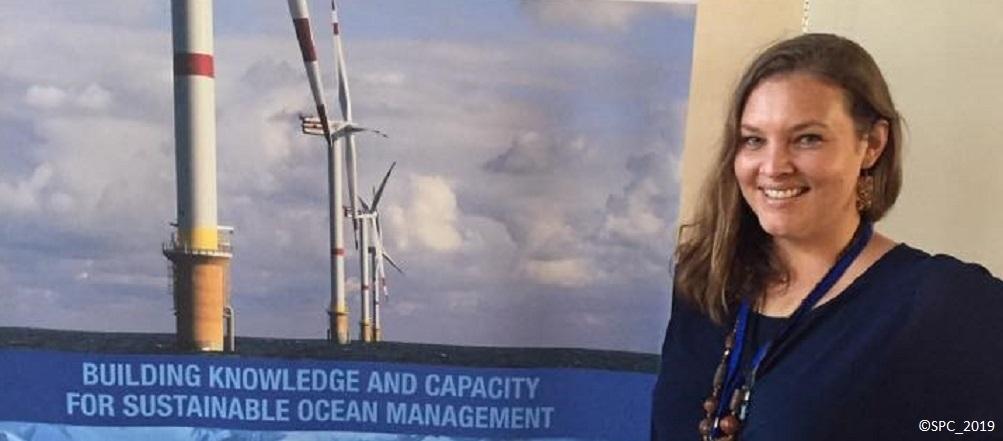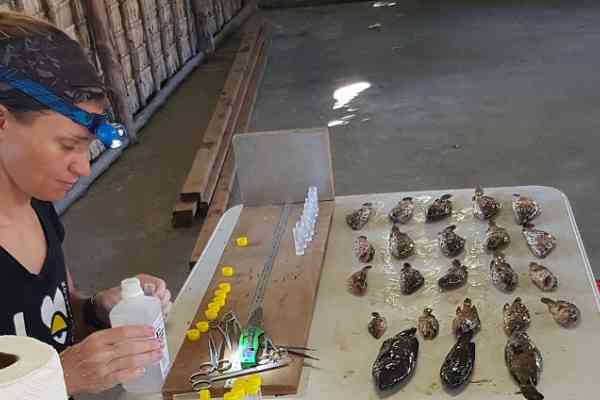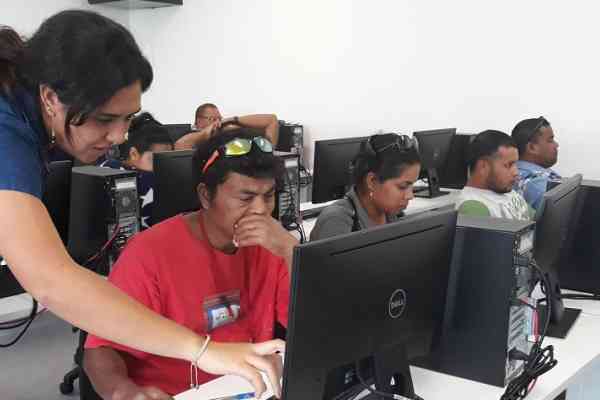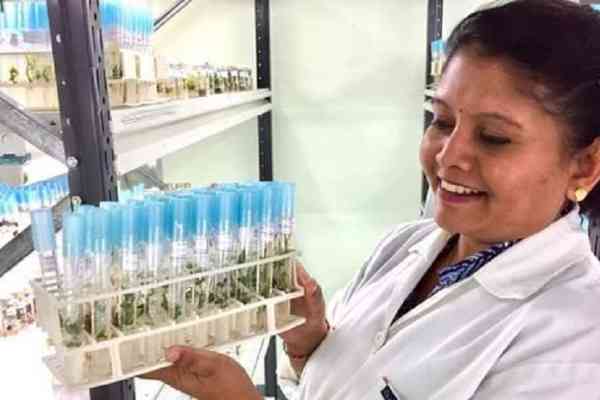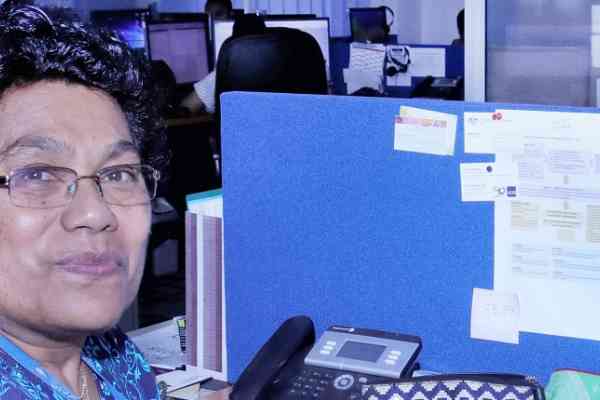11 February is the International Day of Women and Girls in Science. Over the next two weeks we are highlighting some of the inspiring women scientists working in the Pacific Community.
____________________
Meet Molly Powers – SPC Team Leader for Ocean Literacy and Maritime Capacity in the Oceans and Maritime Programme
Describe your work?
I manage a project team that maintains the Pacific’s largest sea level monitoring network, consisting of 15 tide gauges and 13 continuously operating reference stations around the region. This network has been operating since the early 1990s and provides us with near real time information as well as the longest continuous record of sea levels in the region, informing coastal development, hazard mapping, tsunami warnings, and even mapping of maritime boundaries.
In addition to ensuring the uninterrupted collection of this important data, our team also promotes ocean data awareness and application to users around the region via the Pacific Ocean Portal (http://oceanportal.spc.int), annual tide calendars and other products and tools. We train officers from Pacific National Meteorological Services, ports and shipping, environment, fisheries, disaster management, private sector and non-governmental organisations to be able to access and use these tools for decision-making.
Why did you decide to work in the science field?
For years, I didn’t consider myself a scientist. Although I’ve always had an interest in ocean and earth sciences and took numerous science courses in university, my undergraduate and masters degrees are in the social sciences and management. I wasn’t wearing a lab coat or designing computer models or conducting field surveys or producing technical reports, and to me those things were ‘science.’ Even now, many of my colleagues are closer to the ‘science’ than I am. But I recognise now that I talk the talk, I understand the science, and because I specialise in training and knowledge management, I am often the face of our team to the public, so in others eyes, I am a scientist.
What impact does your work have on the Pacific region?
It’s actually a critical role, to have people who can work in the margins of the science and technical work, who can understand it and help to interpret it to policy makers and the public at large. It’s this knowledge brokering that enables people to make important decisions and answer questions. Questions like, do I need to evacuate to higher ground after an earthquake? Should we build the new hospital in the coastal zone or farther inland? What impact does banning fishing during spawning season have on fish populations? What rate can water be extracted from the groundwater well without it running dry? In my opinion, science shouldn’t live in ivory towers. Of course, we need peer-reviewed papers and robust research, but we also need to be able to answer the question: So what? It’s a special skill set, to be able to break down scientific jargon into palatable but accurate information, targeted to particular audiences. It requires a basic understanding of scientific principles and methods, as well as a knowledge of psychology, sociology, marketing, communications, and a healthy dose of curiosity. We need more people like this working in the region!
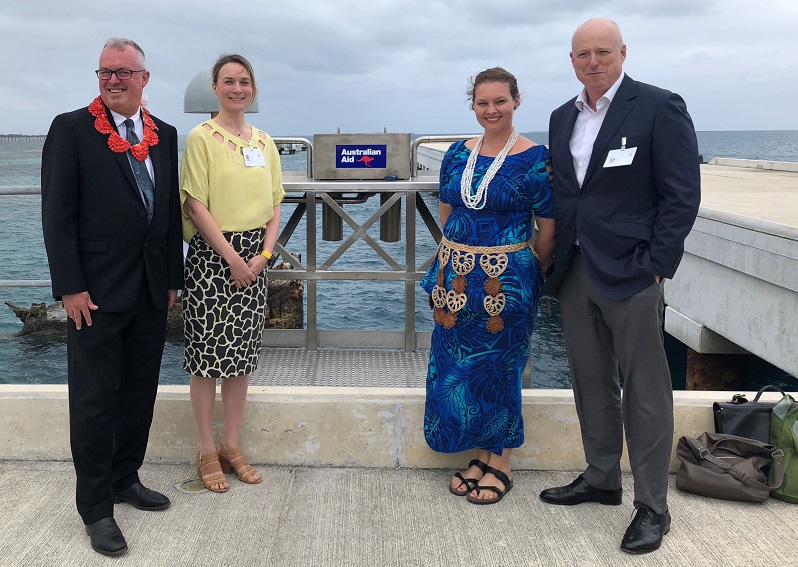
Advice to other young women or girls on getting involved in STEM?
This is a great moment to be a young woman in the sciences. STEM fields may still be male-dominated, but there are increasing numbers of female trailblazers and an increasing recognition of the value of women in STEM and the skills and perspectives we bring. There are SO many opportunities for women who want to pursue STEM careers- international and regional scholarships, fellowships, internships and more.
I would also stress that in the Pacific, there are so many options for science majors. I think a lot of young people think that if they are science students, they will have to go into medicine, so they go for arts. But you can be a meteorologist or oceanographer with maths and physics; you can pursue engineering and work in industry or mining; you can study GIS, mapping and surveying and work in land management and planning; you can go into computer programming and design apps, online portals or software; you can study marine biology and work in fisheries management; you can be a pharmacist or design new medicines with chemistry; you can do tech drawing and physics and become an architect. And don’t discount the so-called soft sciences (I like to call them the essential sciences) you can study sociology, psychology, economics or anthropology and apply those disciplines to any number of projects or programmes that work with people (isn’t that everything we do?).
